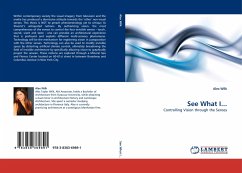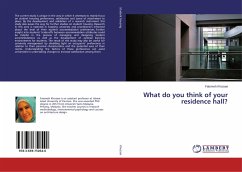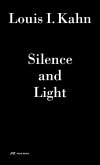Within contemporary society the visual imagery from television and the media has produced a dismissive attitude towards the other' non-visual senses. This thesis is NOT to preach phenomenology yet to critique its theorist's antiquated notions. By authorizing vision, the most comprehensive of the senses to control the four invisible senses - touch, sound, scent and taste - one can provoke an architectural experience that is profound and exploits different multi-sensory phenomena. Technology will be the mechanism for registering vision in juxtaposition with the other senses. Technology can also be used to modify invisible space by distorting artificial climate control, ultimately broadening the field of invisible architecture by specifically allowing vision to graphically project the unseen. These notions are explored through a Mineral Spa and Fitness Center located on 60-61st street in between Broadway and Columbus Avenue in New York City.
Bitte wählen Sie Ihr Anliegen aus.
Rechnungen
Retourenschein anfordern
Bestellstatus
Storno








